The Six Levels of Internals – A Universal Method for the Internal Martial Arts Practitioner.

The Path To Emptiness
When I embarked on my journey to film for interviews on my YouTube channel, I honestly believed I already had a solid grasp of martial arts theory. After years of dabbling in martial arts, I considered myself knowledgeable. However, I was in for a surprise, as my assumptions were proven wrong. After meeting various masters of the internal arts, I soon realized that I had merely scratched the surface. As I delved deeper into internals, I began learning directly from some of the very teachers I had interviewed, gaining profound insights into the internal arts and what they referred to as “The six levels of the internals.”
My commitment to maintaining an open mind had always guided my approach to learning Kung fu. However, absorbing information of this caliber presented a unique challenge. The methods I encountered far surpassed anything I had previously known. Yap Boh Heong described these teachings as the “Ph.D. level of martial arts,” a sentiment I now wholeheartedly agree with. The six levels of internals serves as a roadmap, offering practitioners a means to gauge their progress, a way to measure their ascent up the internal ladder. In essence, it’s a spectrum of energy.
Before delving further into this subject, it’s crucial to acknowledge that my description of the six levels is not exhaustive. I can’t fully describe something I have yet to grasp or experience. Nevertheless, I’ve been fortunate to spend significant time with several masters who walk this path. Countless hours of conversation with these individuals have provided me a unique opportunity to compile this article and share a small snippet of this elusive knowledge with my readers.
Level One: Li (力) – Physical Strength
The first rung of the ladder is an individual’s physical strength, a prerequisite for practicing martial arts. This strength can be cultivated in various ways and serves as the foundation for further development. Many practitioners dedicate their initial years to strengthening their bodies before progressing to higher levels. For most, they may spend a lifetime at this level, unaware of the higher plateaus waiting to be explored.
Level Two: Jin (勁) – Refined Force
The second stage, Jin (勁), can be best described as a specific type of force transmitted through the connective tissues of the body. Unlike muscular strength generated by muscle contractions, Jin is harnessed through the release of tension, akin to drawing a bowstring before releasing an arrow. This energy is stored within the body and then unleashed upon an opponent. The power comes from release, not contraction. Various methods exist for Fa-Jin (issuing force) in the internal arts, but they all depend on one’s ability to Song (relax). Without the ability to relax, one’s internal Jin cannot be expressed.
Level Three: Yi (意) – Intention
The third level, Yi (意), relates to a particular mental state best described as intention. This aspect of the mind is sharpened through specific mental development exercises that enhance clarity of intention, focus, and concentration. The result of this training can be used in various ways, including mobilizing energy (Qi) throughout the body to generate internal forces. As written in the classics, “use mind intention (Yi), not strength (Li) 用意不用力.”
Level Four: Qi (氣) – Energy
Attempting to provide a comprehensive description of the term Qi (氣) used in the internal arts is a controversial endeavor, as diverse schools of thought exist and struggle to agree on this subject. However, respected internal masters have explained to me that Qi is a form of energy that can be generated, stored, and mobilized within the body through specific training methods. Having been exposed to some of these methods, I can relate to their descriptions of this elusive energy. It’s crucial to note that although there are some correlations, the cultivation of Qi in internal arts differs from the Qi in Traditional Chinese Medicine (TCM).
Level Five: Shen (神) – Consciousness
Shen (神) has several definitions, but the one that resonates with me most describes the fifth level of internals as consciousness. An excellent example would be when someone enters a room, and you can instantly sense whether they should not be trifled with. In some cases, they may exude an intimidating aura, while others appear friendly and approachable. I believe these interactions occur at the level of Shen. Because consciousness is formless and can expand infinitely into space, it can significantly influence the surrounding environment.
Level Six: Kong (空虛) – Emptiness
When it comes to the final stage of internal martial arts, I’m at a loss for words. This concept is beyond my comprehension, and any attempt to describe it at this time would be futile.
Note: Each of the six levels is intricately dependent on the previous one, meaning that a practitioner should not begin training Jin without first attaining a basic level of Li. They should not progress to Yi without comprehending Jin, and so on. The path to emptiness unfolds progressively.
As I mentioned at the beginning of this article, my descriptions of the six levels are not exhaustive. I’m confident that my understanding of these terms will continue to evolve as I delve deeper into the practice.
“Once you have reached the peak of the mountain, there is always a taller mountain for you to climb.”
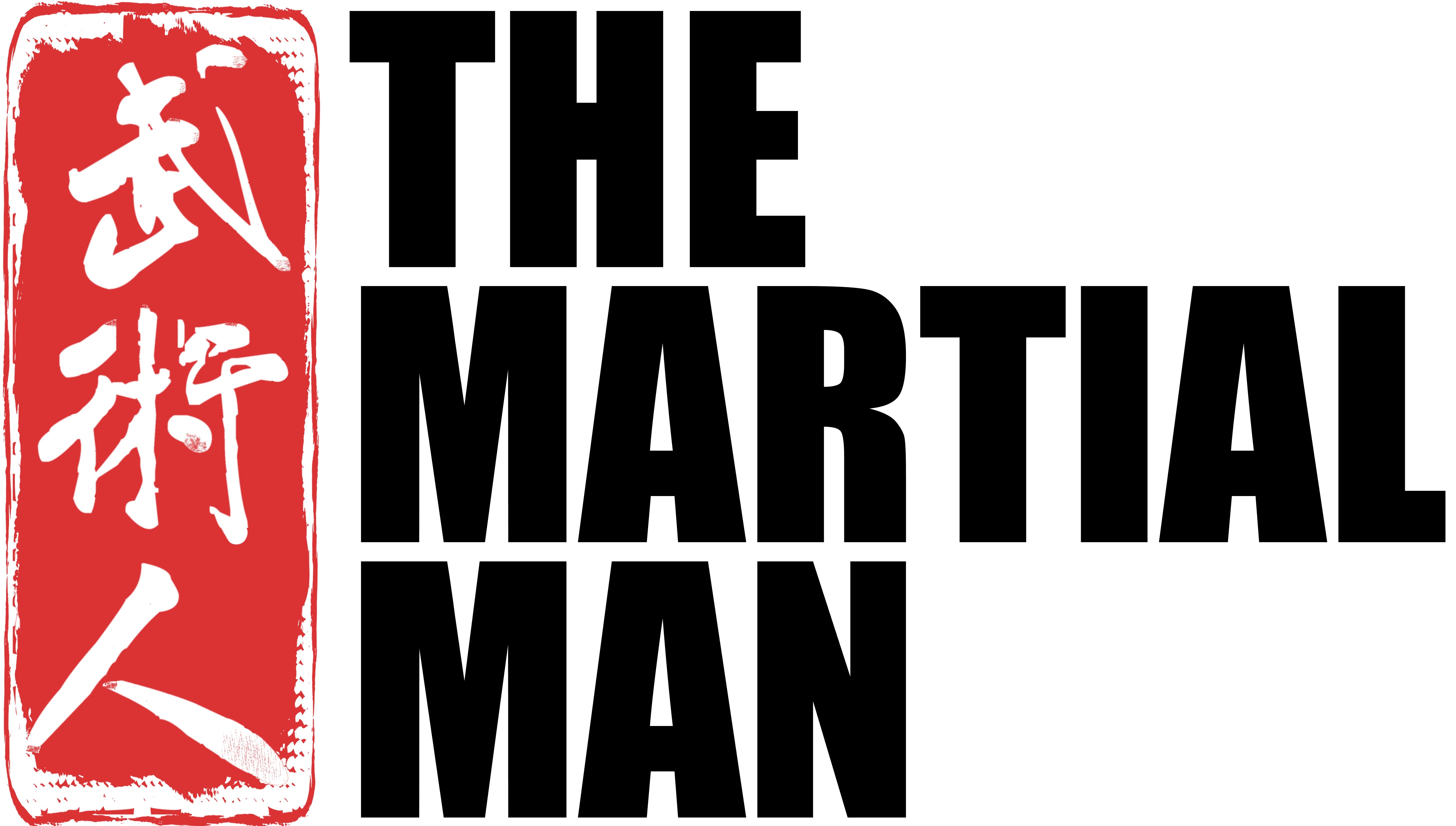
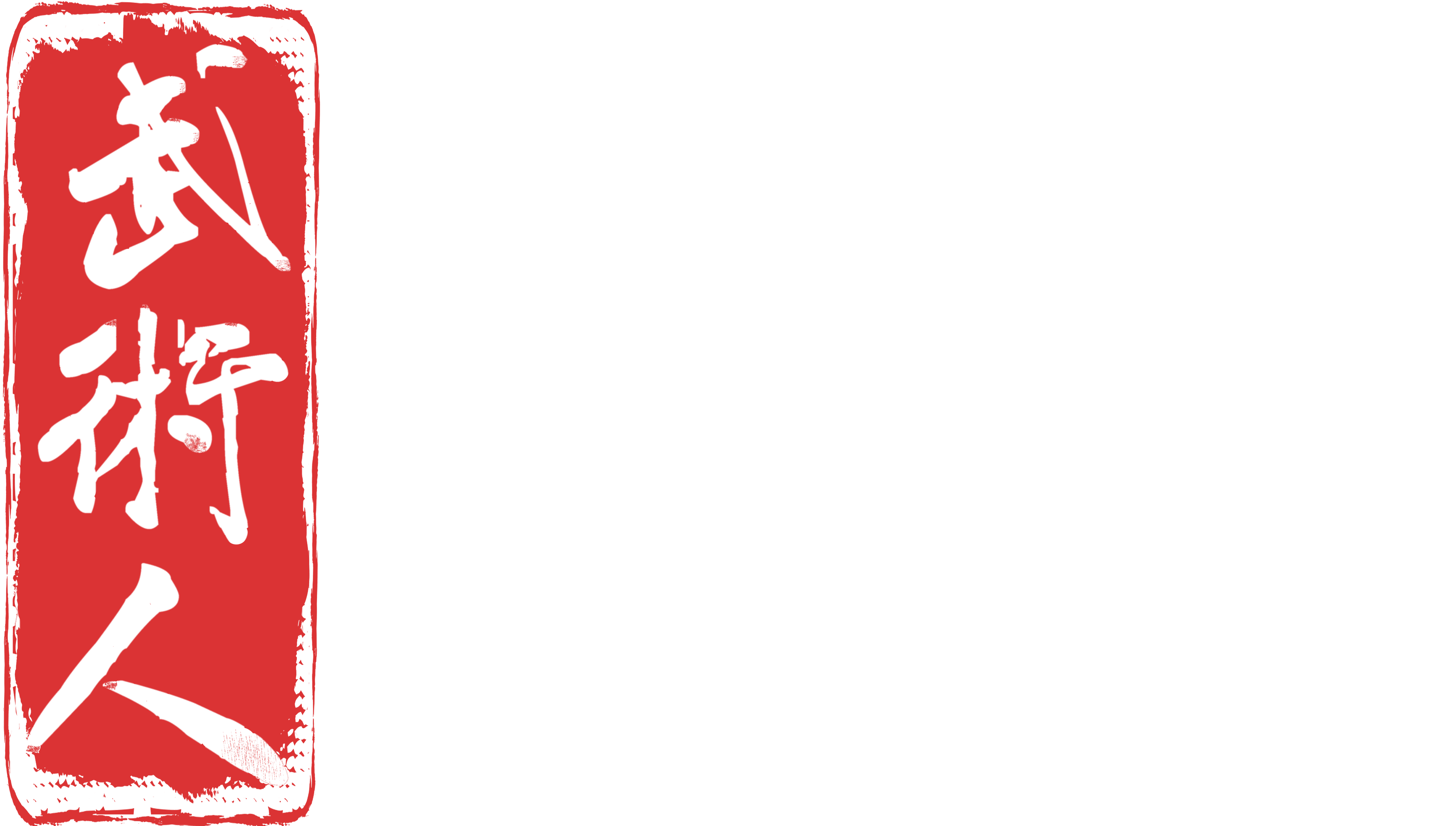
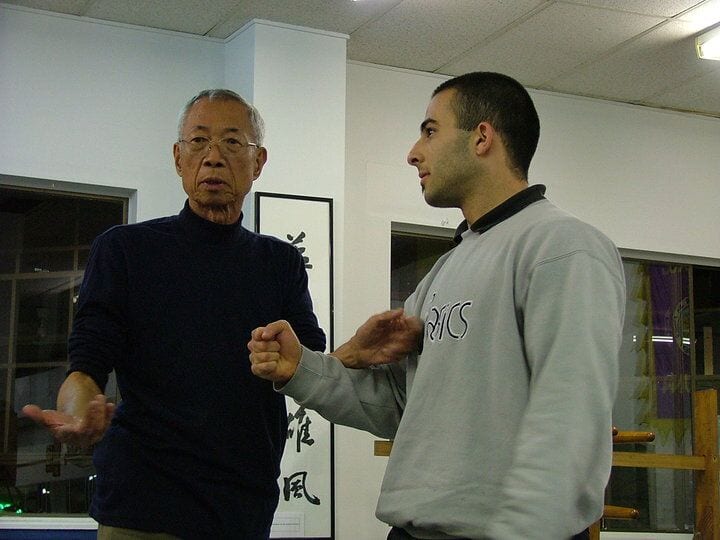
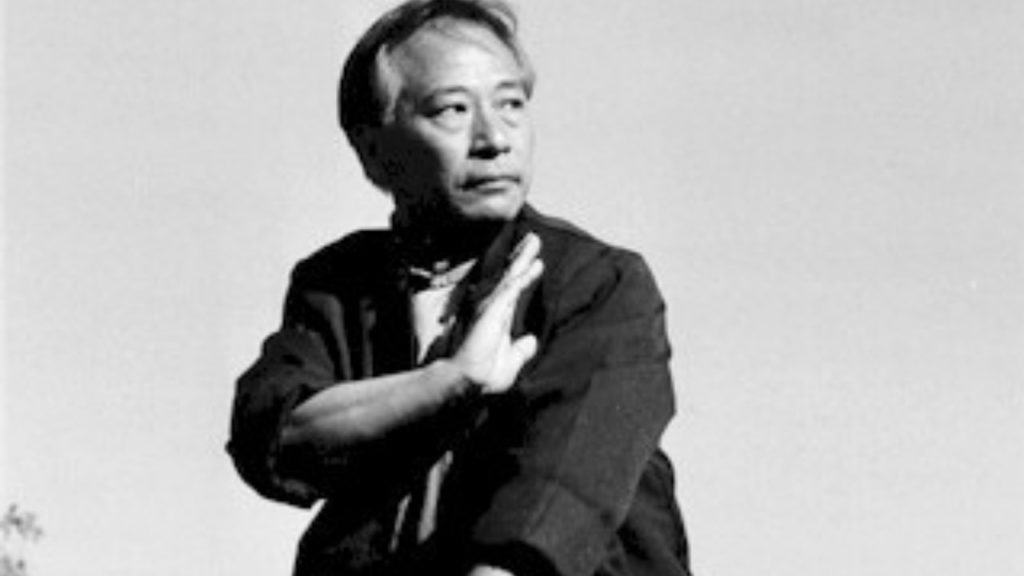
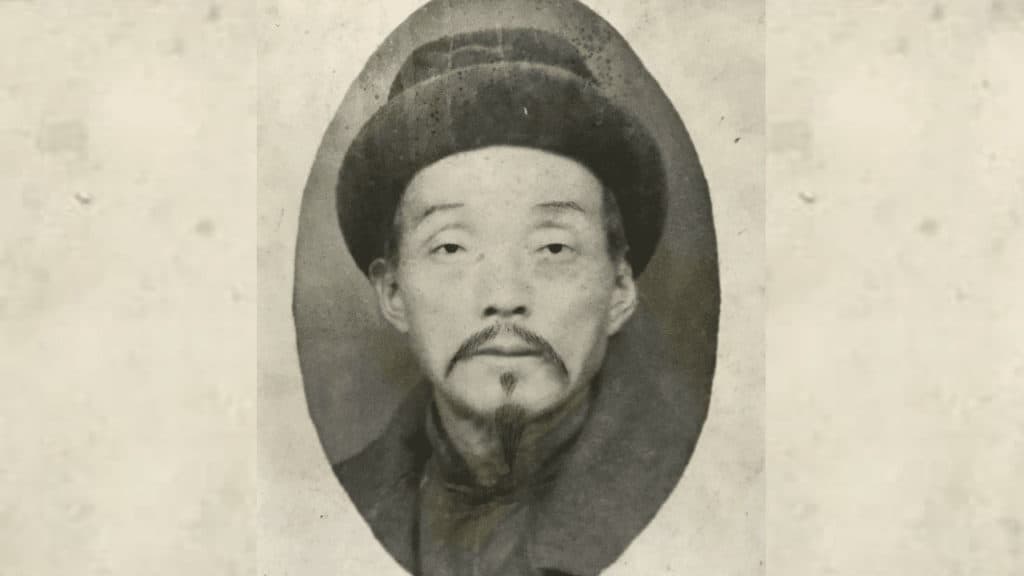
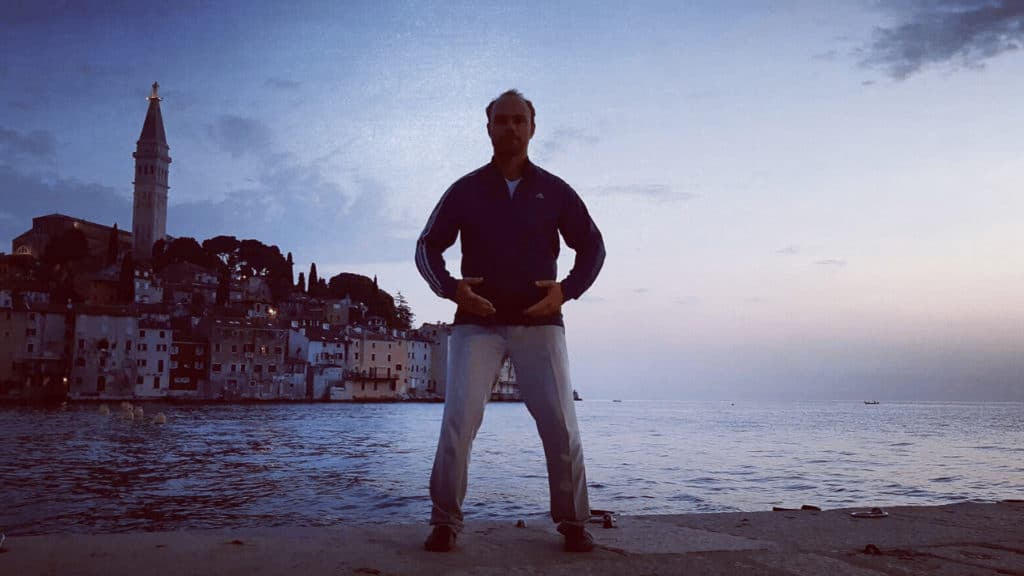
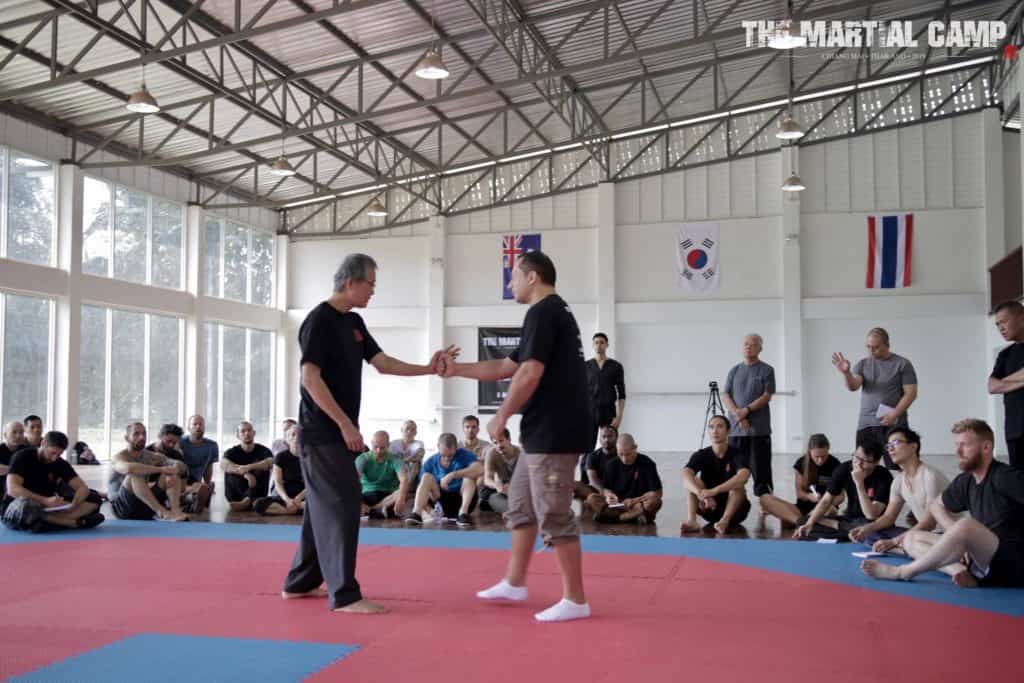
Profound! It is interesting for me as a teacher of Tai Chi to read and learn this information. I have never before heard these instructions. It has given me something to think about and question my pracitce. I will read each word until I understand this theroy. Thank you
It is great to finally have western practioners who are willing and able to describe and teach these hithertoo hidden techniques and principles.
Until people like George Ledyard came along, Aikido was mostly becoming external and impractical.
This is a very useful article and The Martial Man is an excellent revelation of the reality of internal power. So thank you very much for your inciteful and interviews with genuine masters.
As a novice at such things I have many questions. I notice there are particular abilities. Such as pung type bouncing off. But also floating and picking up, or driving down into an opponent, or sticking ability. The highest masters seem to be able to zap opponents with what looks like electric shocks, making them jump or flinch ?
Are these different abilities related to the six levels ? As repelling pung and floating seem common to many masters. But sticking is rarer to see and the electric shock force seems the rarest ability ?
I would be greatful for any insight. If not now, then perhaps in your future interviews.
And would certainly be greatful for any information regarding UK based teachers who have such internal skills.
Many thanks for your Utube series which is watched with eagerness and gratitude.
Best Regards Steve.
You do realize that Ai-ki-do, Ai-ki (rough translation: “to direct Qi”), Ki … is just the borrowed concept/method from Qi, right? Where do you think they got that from? Duh
Even “tanden” is just the “dantian” of kungfu.
Is this related kundalini power
I would have to agree. Sensei Ledyard, Ikeda, and Gleason have done much to bring internals into Aikido. They are each an insightful and inspiring training experience.
Lynn Seiser PhD
Yondon Aikido
An intresting article introducing me to things I have never heard of beofre. Thank you for educating me on the topic of internal kung fu.
Oh man, my life goal was to be train until i can Fajin people, now after reading this blog, I feel like an idiot lol. If I understand correctly, then most people claiming to do “internal this” & “internal that” (blah blah) are not even past level one becuase they cant Fajin!! MIND BLOWN!!
I would be interested to know if there is there anyone you have met who is at level 6?
These are invaluable teachings/experiences being revealed by legit internal masters and practicioner. Love your channel! Thank you!
Thanks for this concept, sounds great. However I have already known about Li-Qi-Yi-Xi 4 stages concept that is similar, where could you put Xi in your concept? Xi is often translate as Heart that is higher realm than Yi (Mind or Intention). As really good decisions coming from the heart level 🙂 not from mind.
From another approach Chi Kung in general also could be classified into different levels that is also similar to your concept: qi gong, yi gong, shen gong as the process becoming more and more internal.
As an enthusiastic internal power researcher I really appreciate your site and what I have already found on it 😉
Hi Kieren, I saw the video you posted on your Facebook page of you training tai chi and demonstrating mind boggling skills. I want to know how you developed these skills? Was you taught the secrets of internals by one of the masters you interviewed? For someone to demonstrate internal jin as you did in your video, it’s obvious that you have learned the secrets that we are not getting taught in the west. Can you confirm if there are indeed secrets in the internal arts?
Thank you brother …so then why ur not interested to do interviews with yogis in india.. They have some powers…
For them no need to train to get physical powers… They are only concentrating on Devine energy Devine… Power. By chanting some mantras again and again with some rules.. They got some powers.. If u want check.. Plz kindly check about “master cvv “…indian yogi who saved many lives.. All they do is only meditation….
And kindly check about at least gmck…
He is also.. Powerfully master.. Energy master..
Not only kungfu masters..
Concentrate on…. Indian yogis.
Thank u.
I found this to be very informative and helpful . Physical Training is easier to me than conveying or explaining the ” levels ” I have reached . I simply did what I was told and sometimes did not truly understand why or what I was doing until later ( if that makes sense ) . The mind is a very powerful tool , capable of unexplainable feats . Thank you again for your sharing of information and places visited . You are a blessed individual.
????????????
I have been fortunate to have two Tai Chi teachers that could help with learning Qi and Jin. Qi practice for me has been more focused on health and healing than martial aspects. I have come to conceive of Qi in terms of quantum physics as the quantum foam that all energy and matter, living and non living, emerge from. Living things all inherently have the ability to organize, express, and use Qi at some level, even if it just to sustain basic life functions like body temperature. Recent developments in understanding biology at the sub-cellular level have found that our mitochondria act like tiny nuclear reactors capable of producing internal bursts of high frequency plasma energy with temperatures in the thousands of degrees for a few thousandths of a second.
With intent and Qi exercises we gradually learn to feel that immersion in the quantum foam and to understand the meaning of the Buddhist concept of our experience of macro reality as illusion. We are just collections of organized resonant ripples: thought, matter and energy, expressed in the sea of quantum foam that permeates our being. A trained mind can learn to be conscious of and draw upon the infinite resources defined by quantum dynamics beyond our natural physical limitations. We can consciously control the creation and expression of electromagnetic energy through us for healing or martial purposes.